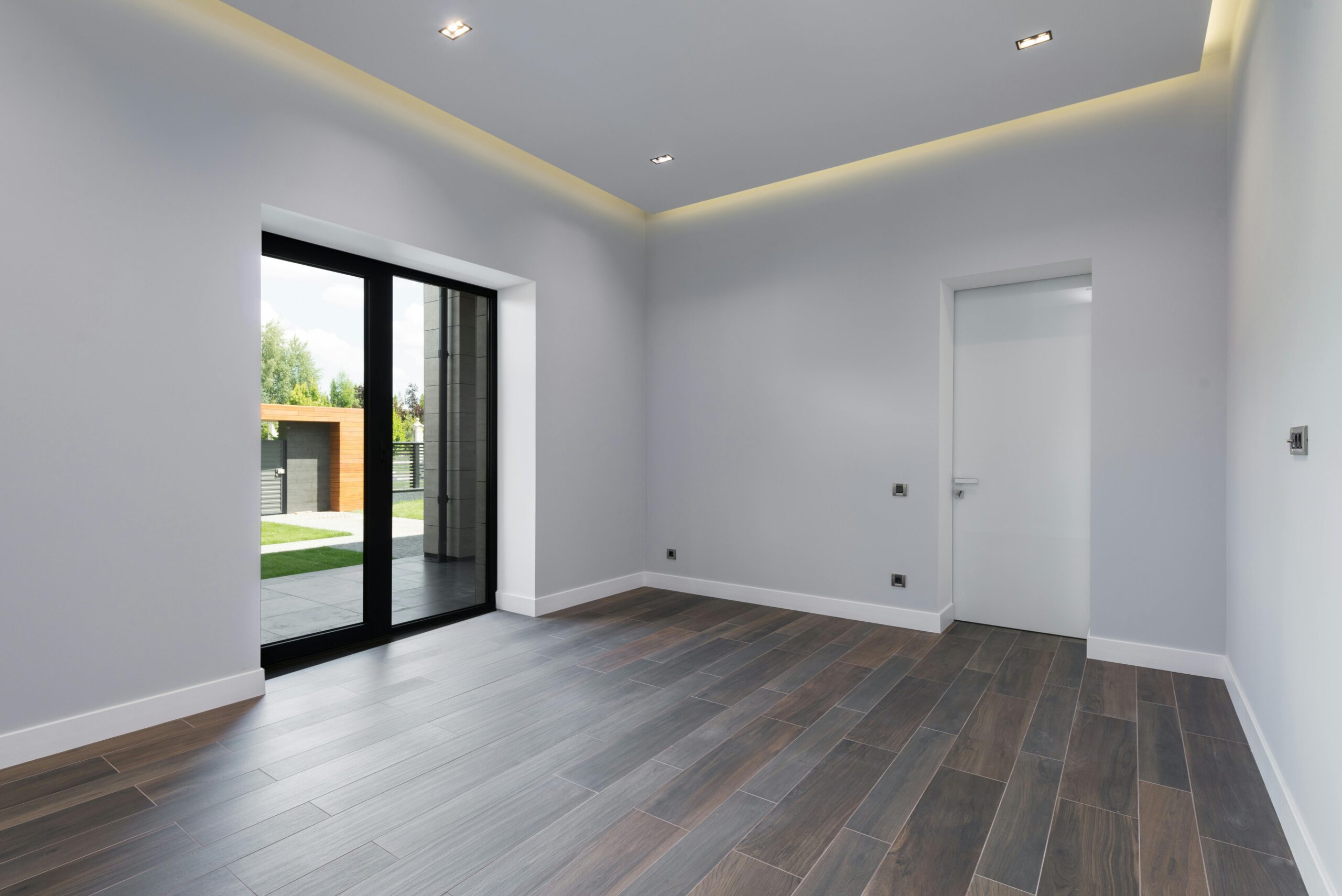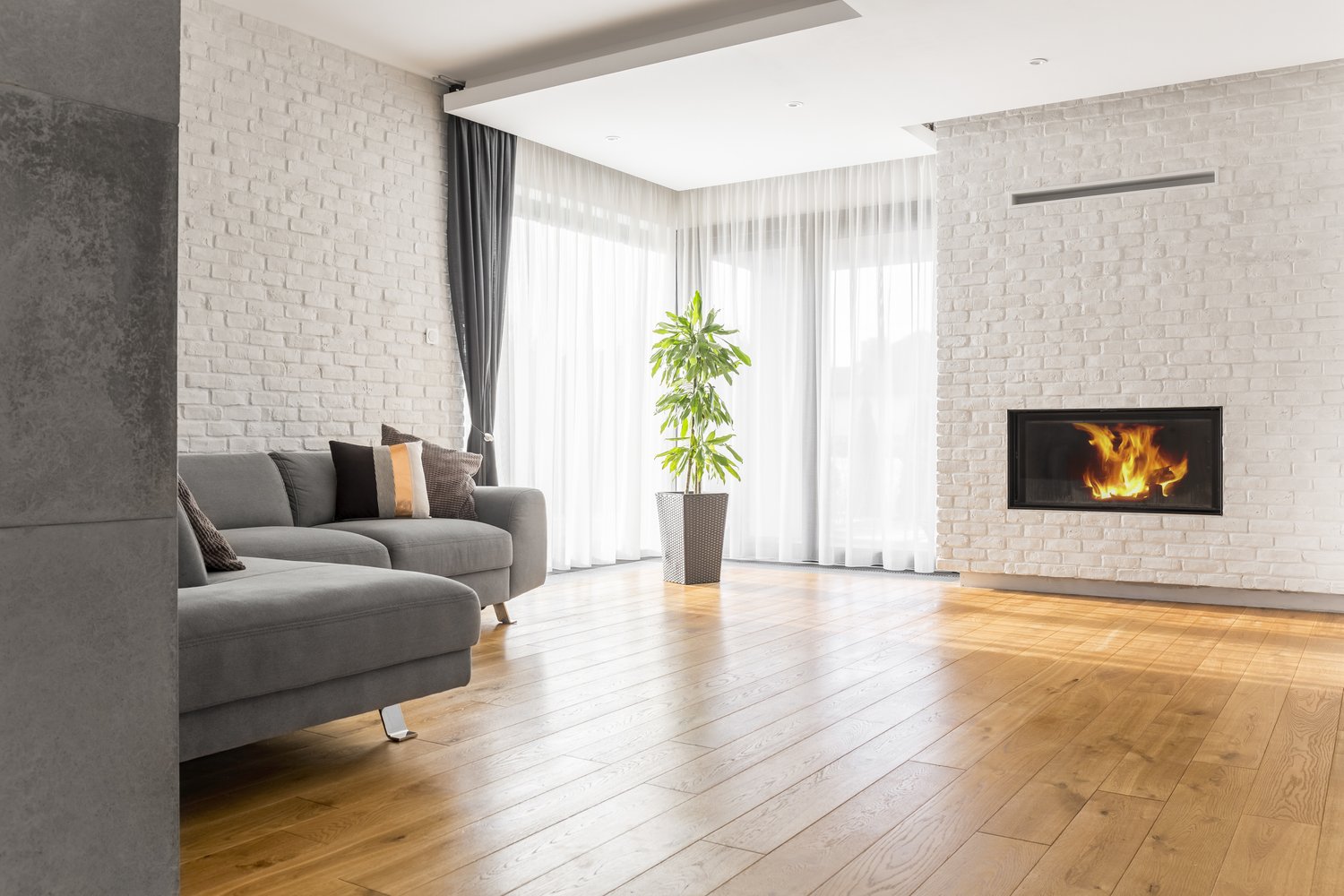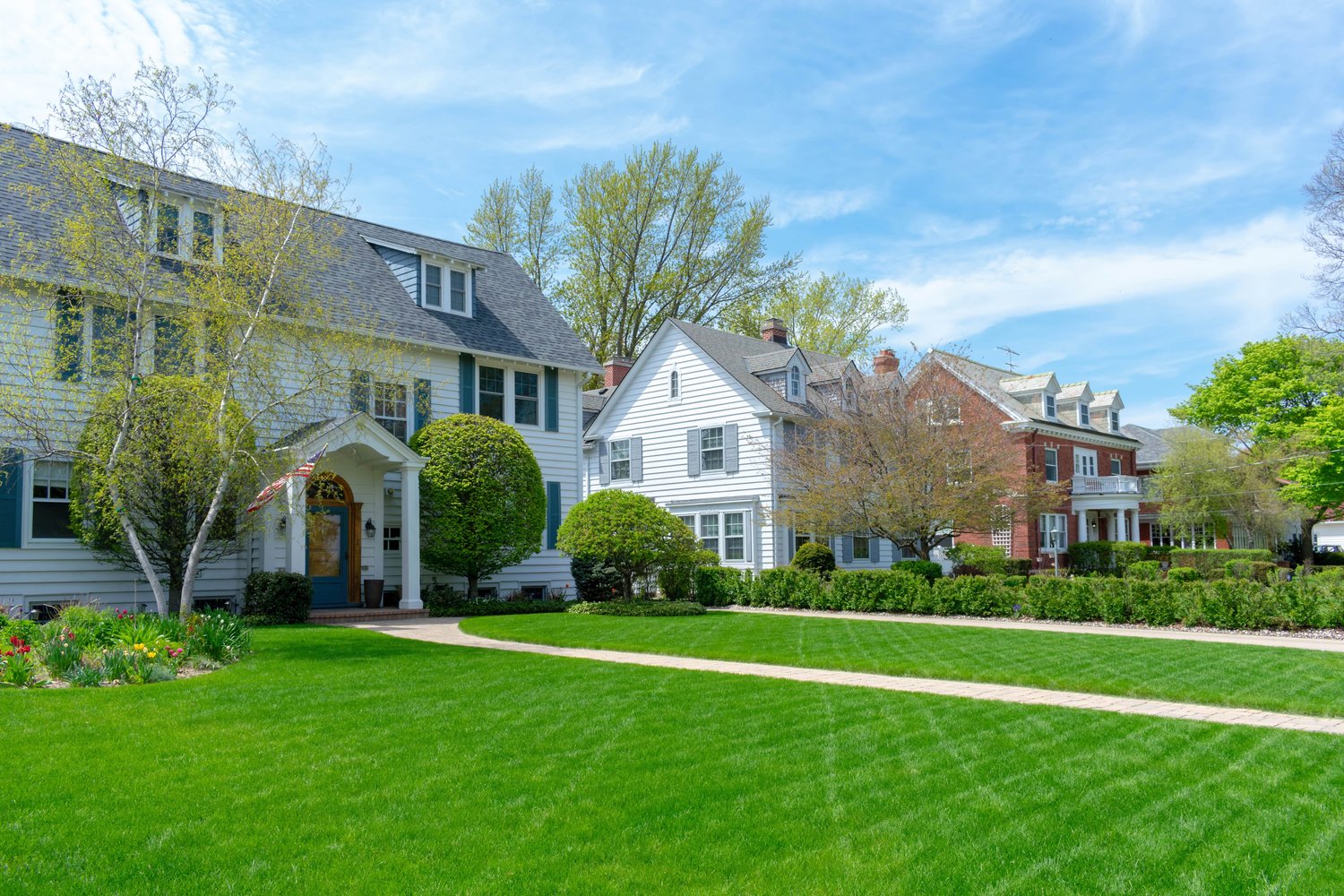Choosing the right flooring material significantly impacts both the aesthetics and functionality of your home. Among the most popular options are hardwood and laminate flooring, each offering distinct advantages and limitations. This comprehensive comparison examines these two best wood look flooring options across multiple factors including appearance, durability, water resistance, cost, installation complexity, and maintenance requirements. Whether you’re renovating your current home or building a new one, understanding the hardwood vs laminate flooring cost pros cons comparison will help you make an informed decision that aligns with your lifestyle, budget, and design preferences.
Appearance and Aesthetic Appeal
When it comes to visual appeal, traditional hardwood flooring possesses a warmth and natural beauty that’s difficult to replicate. Each hardwood plank features unique grain patterns, color variations, and character marks that create a one-of-a-kind floor. Hardwood develops a distinctive patina over time that many homeowners find appealing, adding character and value to the home.
Laminate flooring has made remarkable technological advancements in recent years. Modern laminates offer increasingly realistic representations of wood, with improved texture, depth, and variation. Many high-quality laminates now feature embossed surfaces that mimic natural wood grain patterns. However, even the most sophisticated laminate cannot completely match the authentic look of real hardwood, and the repetition of patterns becomes noticeable across larger floor areas.
Durability and Longevity
The durability laminate vs hardwood comparison reveals interesting contrasts. Laminate flooring typically features a wear layer specifically designed to resist scratches, impacts, and fading. This makes it particularly suitable for high-traffic areas and households with children or pets. Quality laminate can maintain its appearance for 15-25 years before needing replacement.
Hardwood offers a different kind of durability. While more susceptible to surface scratches and dents than laminate, hardwood’s key advantage is its ability to be refinished multiple times over its lifespan. A properly maintained hardwood floor can last for generations—sometimes exceeding 100 years—making it potentially the more sustainable long-term choice despite its higher initial cost.
Water and Moisture Resistance
Water resistance represents one of the most significant differences between these flooring options. Traditional hardwood is naturally vulnerable to moisture damage. Excess water can cause wood planks to warp, cup, or even rot if exposure is prolonged.
Laminate generally offers superior water resistance compared to hardwood, especially newer water-resistant or waterproof variants. The core materials in laminate are engineered to withstand moisture better than natural wood. However, it’s important to note that while the surface of laminate resists water, excessive moisture can still damage the product if it seeps between planks and reaches the core. As the experts at AskHomey point out, proper assessment of room conditions is crucial when selecting between these best wood look flooring options.
Cost Considerations
The hardwood vs laminate flooring cost pros cons comparison reveals substantial differences. Hardwood typically costs between $6 and $22 per square foot installed, depending on wood species, grade, and finish. Exotic hardwoods command premium prices, while domestic varieties like oak fall in the mid-range.
Laminate presents a more budget-friendly alternative, generally ranging from $2 to $8 per square foot installed. This significant price difference makes laminate particularly attractive for large spaces or projects with tight budgets. However, when considering long-term value, hardwood’s longevity and potential to increase property value may offset its higher initial investment.
Installation Process
Installation complexity differs significantly between these flooring types. Hardwood installation is generally more labor-intensive, requiring specialized tools, expertise, and often professional installation. Solid hardwood typically requires nailing or stapling to a subfloor, while engineered hardwood might offer floating or glue-down options.
Laminate flooring features user-friendly installation systems with click-lock mechanisms that allow planks to fit together without adhesives. This design has made laminate a favorite among DIY enthusiasts, as it requires fewer specialized tools and less technical expertise. The simpler installation contributes to laminate’s lower overall cost.
Maintenance Requirements
Daily maintenance for both flooring types is relatively straightforward. Laminate requires regular sweeping or vacuuming with occasional damp mopping using manufacturer-approved cleaning products. It cannot be refinished when damaged; damaged planks must be replaced entirely.
Hardwood floors need similar regular cleaning but require more careful attention to avoid water damage. The advantage of hardwood lies in its ability to be refinished, which involves sanding down the surface layer to remove damage and applying new stain and finish. This process can completely rejuvenate a worn hardwood floor, essentially providing a new floor without complete replacement.
Environmental Considerations
Hardwood comes from harvested trees, raising sustainability concerns that are increasingly addressed through responsible forestry practices and certification programs. Its natural composition and exceptional longevity make it biodegradable and potentially environmentally friendly when sourced responsibly.
Laminate flooring, being manufactured from composite materials, raises different environmental considerations. While it uses fewer hardwood resources, it contains synthetic components and adhesives that make it less biodegradable than natural wood. Some manufacturers now offer more eco-friendly laminate options with reduced formaldehyde emissions and recycled content.
For more tips and to connect with reliable home service professionals, follow AskHomey on Facebook and Instagram.



